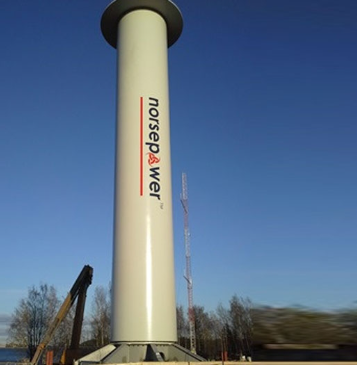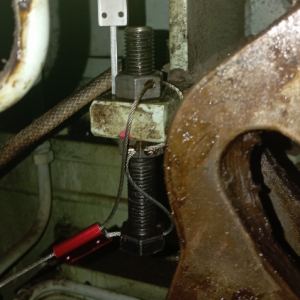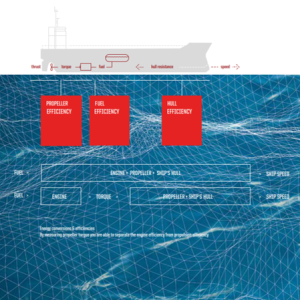A rotor sails is a device shaped like a chimney that can help ships take advantage of the wind at sea, reducing fuel consumption and emissions.
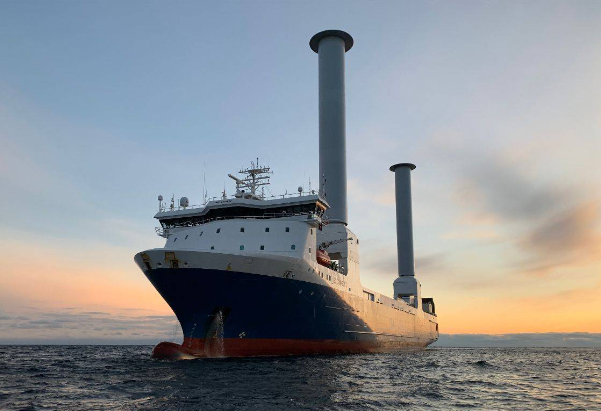
The rotor sails design was inspired by the technology introduced nearly a century ago by German engineer Anton Flettner during his journey across the Atlantic.
The rotor sails are a stiff and tall circular structure that acts like a sail made of canvas and polyester. This sail can rotate around the vertical axis. These rotor sails, whose surface only accounts for 10% of the area of a classic sail, can emit equivalent thrust, the intensity of which depends on its own rotational speed and the speed of the wind. The direction of the combined force is perpendicular to the direction of the wind and depends on the direction of rotation of the rotor sails.
The rotor sails can rotate around the vertical axis. As the wind blows, the airflow accelerates on one side of the rotor sails while decelerating on the other side. The difference in wind speed creates a pressure difference, which produces lift perpendicular to the direction the wind is blowing. This phenomenon is called the Magnus effect.
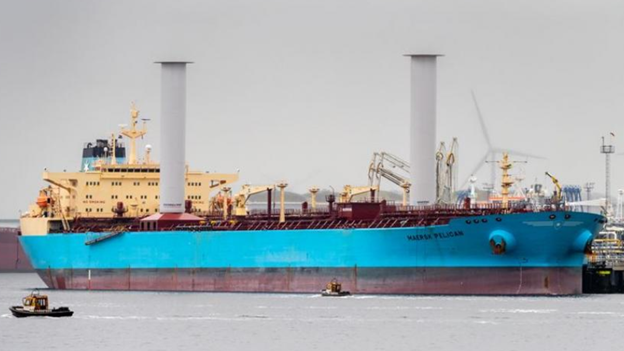
Rotor sails is fully automated and optimized, commanded and controlled via the control panel. In automatic mode, the system automatically monitors wind speed and direction, and at the same time, it automatically selects the correct direction of rotor sails and the optimal revolutions per minute of the rotor sails to maximize fuel savings and reduce the ship’s emissions.
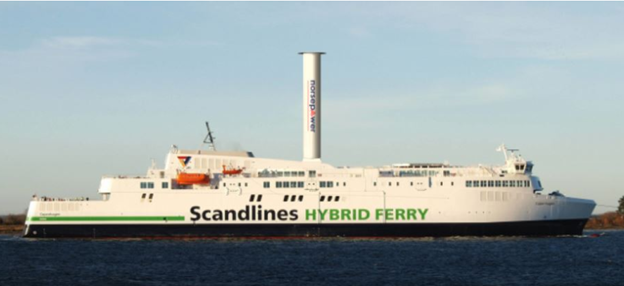
Rotor sails are designed to be easily installed on today’s ships. It will help provide a significant additional source of energy to the ship while helping to reduce carbon emissions.
Rotor sails support compliance with both operational (CII) and technical (EEDI/EEXI) energy efficiency regulations. The expected index improvement depends on the vessel, performance profile and rotor sails configuration. According to estimates, two rotor sails can help the MV Delphine ship built in 2018 reduce fuel and emissions by 10%.
Rotor sails are currently expanding production and will likely play an important role in reducing carbon emissions from the shipping industry in the near future.

